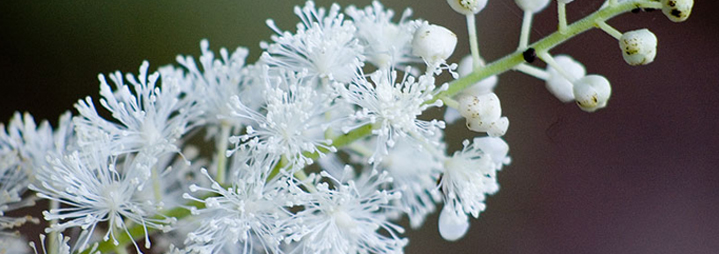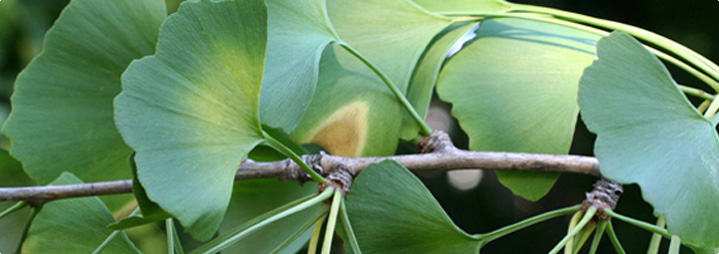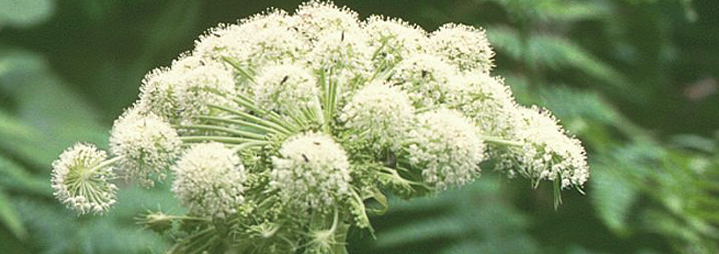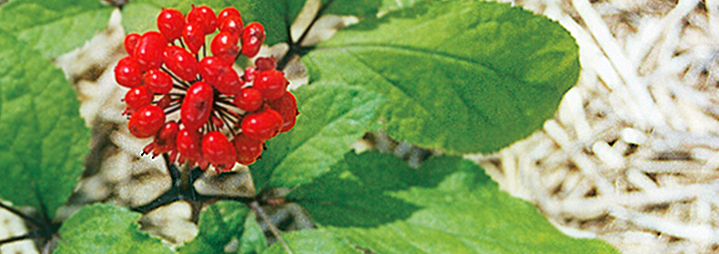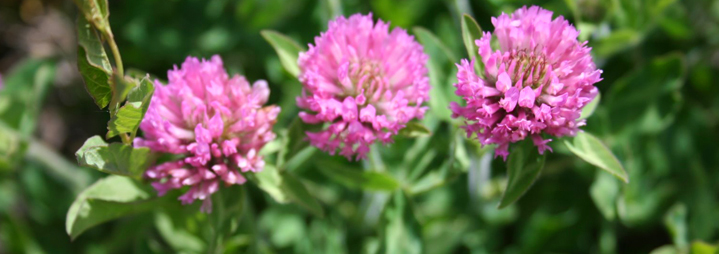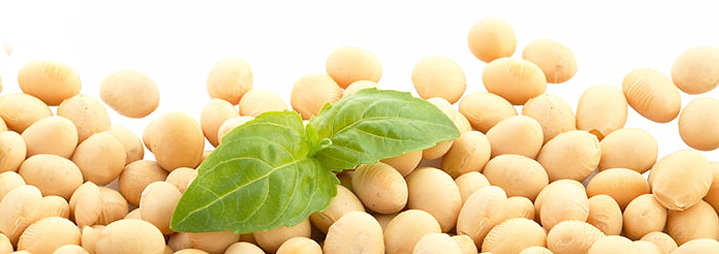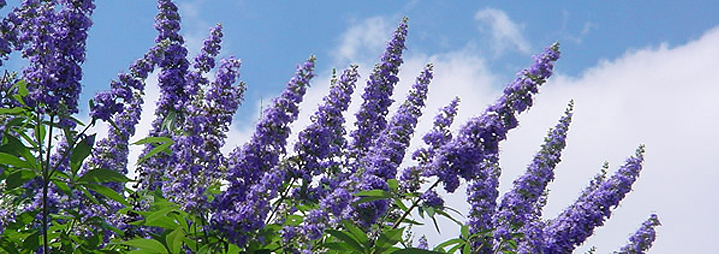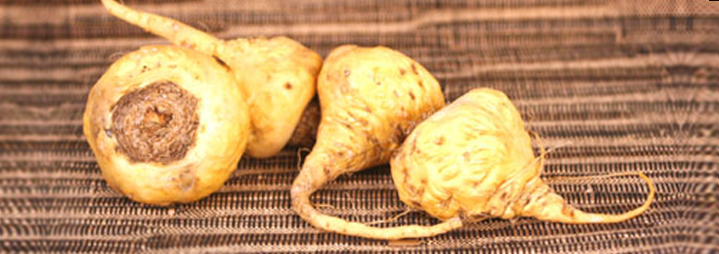Does Soy Mimic Estrogen in the Female Body?
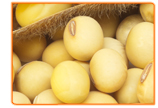 In their efforts to seeking better health, women are increasingly turning to soy. With a reputation for being natural and good for you, it�s no surprise, this versatile bean is steadily becoming a dietary mainstay. From sauces and tofu to burgers and milks, soy products are everywhere. But for all its health benefits, what role does soy play in the female body?
In their efforts to seeking better health, women are increasingly turning to soy. With a reputation for being natural and good for you, it�s no surprise, this versatile bean is steadily becoming a dietary mainstay. From sauces and tofu to burgers and milks, soy products are everywhere. But for all its health benefits, what role does soy play in the female body?
Read on to find out what�s the story on soy.
Soy and the Female Body
A plant widely grown for its edible bean, soy contains a large amount of phytochemicals known as isoflavones, plant compounds that mimic estrogen. Isoflavones are thought to help to slow or reverse osteoporosis that naturally comes with age. Because isoflavones work similarly to estrogen, they help to maintain bone tissue and prevent bone breakdown. In addition to providing the healing properties of isoflavones which may decrease the risk of cancer and heart disease, soy is also high in antioxidants, omega-3 acids and protein.
Fiber in soy helps to reduce the risk of heart disease by eliminating bad cholesterol and preventing plaque buildup in arteries.
Soy and Menopause
Thought to relieve hot flashes, vaginal dryness and night sweats, soy�s estrogen-like properties may help to ease menopausal symptoms in response to the body�s decreasing estrogen levels. For many women soy can also have a positive impact on relieving symptoms of PMS including breast tenderness, headache, irritability and mood swings which can worsen as women enter perimenopause and hormonal cycles become erratic.
Studies on the effects of soy isoflavones on aging brains have found elevations in mood and cognitive performance in post menopausal women. In, particular, improvements in verbal memory have been reported.
Soy and Side Effects
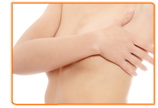 It is always advisable to talk to your doctor or a healthcare professional before taking soy. Studies suggest that ingredients in soy may increase the risk of breast cancer and hyperthyroidism. Soy is also thought to contain a higher amount of the anti-nutrient phytic acid, commonly found in all beans.
It is always advisable to talk to your doctor or a healthcare professional before taking soy. Studies suggest that ingredients in soy may increase the risk of breast cancer and hyperthyroidism. Soy is also thought to contain a higher amount of the anti-nutrient phytic acid, commonly found in all beans.
Phytic acid may block absorption of certain minerals such as calcium, magnesium, iron and zinc.You may find that soy is right for you. However, it�s important to remember the key to good health is eating a variety of nutritious foods to maintain a balanced diet.
Click here to find more information about soy and menopause.









